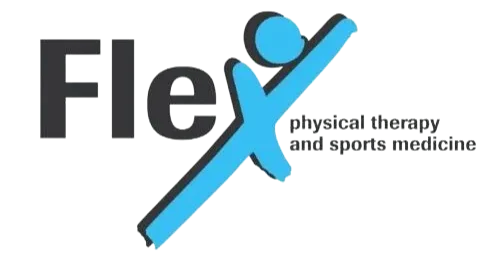
Do you wake up with persistent back pain? Are you experiencing aching sensations in your back, buttock, or even down your thigh? Do you find yourself cautious about certain movements, fearing you might worsen your back pain? If so, physical therapy can provide effective relief.
Back pain and sciatica are often confused but are quite different. Back pain is usually localized to the upper, middle, or lower back. Sciatica, however, causes a more widespread, radiating pain that travels down the buttock, thigh, and sometimes into the leg. You may also experience radiculopathy, which involves numbness, tingling, burning, or sharp pain in specific areas of the leg—often caused by a herniated disc or nerve compression as it exits the spine.
If you’re looking for relief from back pain or sciatica, don’t just rely on medications that mask symptoms. Your body is signaling an underlying issue that needs to be addressed. Physical therapy should be your first step, helping you heal naturally while avoiding harmful painkillers like opioids and potentially preventing the need for invasive surgery.
Request an AppointmentHow Will Physical Therapy in Council Bluffs Help with My Back Pain or Sciatica?
For many people, back pain comes and goes, but what’s often overlooked is that underlying issues—such as poor joint mobility, weak core muscles, and poor muscle coordination—can set you up for more serious future injuries.
Both back pain and sciatica are highly treatable with physical therapy. Your physical therapist will design a personalized treatment plan tailored to your specific diagnosis. Early treatment focuses on quickly reducing your pain.
As your discomfort improves, your therapist will guide you through targeted core strengthening exercises and stretches to increase your strength and range of motion. This helps prevent future spine injuries. You’ll also learn ergonomic techniques and spine care strategies to protect yourself long-term.
If you have sciatica, specific leg stretches will be incorporated into your plan to relieve pressure on the sciatic nerve, restoring its health and reducing symptoms rapidly.
How Can I Tell If It’s Back Pain or Sciatica?
Sciatica
Sciatica is a specific kind of back pain caused by irritation or compression of the sciatic nerve—the largest nerve in your body. It starts in the lower back, branches at the base of your spine, and extends down your buttocks, legs, and feet. Symptoms often include sharp, shooting, burning, or stinging pain along this nerve pathway.
Back Pain
“Back pain” is a broad term that can result from many causes, such as poor posture, injury from accidents, or lifting strain. Your treatment plan will depend on how the pain started, its exact location, and your medical history. Back pain can be acute (short-term) or chronic (lasting longer than three months).
What Caused My Back Pain or Sciatica?
Back pain often develops from injuries—either repetitive strain (like frequently bending to pick up a child) or sudden trauma (such as a car accident). Conditions like herniated discs can cause intense pain that radiates into the leg or foot (radiculopathy). Degenerative disc disease, common with aging, typically causes dull lower back pain and difficulty standing or walking for long periods.
Sciatica (also known as lumbar radiculopathy) commonly affects people aged 30 to 50 and can be triggered by arthritis, bone spurs, or any injury that compresses the sciatic nerve. Tightness in the hips and pelvis muscles often alters spinal mechanics and leads to nerve compression.
Back Pain Relief in Council Bluffs
Our physical therapists specialize in managing low back pain and sciatica through safe, non-invasive, and drug-free physical therapy. This approach promotes natural healing and provides fast, lasting pain relief by addressing the root causes—not just masking symptoms. Physical therapy helps relieve pressure on the sciatic nerve and restore function for long-term comfort.
To learn more about how physical therapy can benefit your lower back pain or sciatica, contact our clinic today and schedule your initial consultation.
